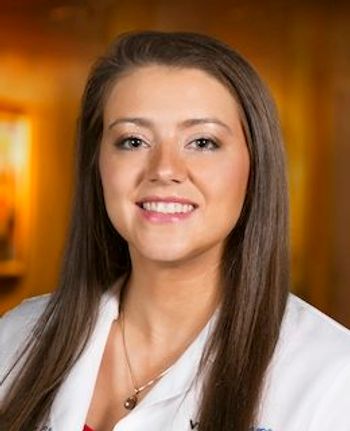
Vision Expo East 2024: Inside the ramifications of systemic medication on ophthalmic disease
Optometrists are often the first to notice ocular adverse effects from systemic medication. When should optometrists reach out to prescribing doctors?
At Vision Expo East 2024, Jessica Steen, OD, FAAO, delves into systemic medications that are associated with ocular adverse effects, ranging from benign to vision-threatening. Optometrists are often the first to encounter ocular adverse effects from systemic medication, and Steen offers insight into when to raise the issue with the prescribing doctor.
Video transcript
Hi I'm Dr. Jessica Steen. And we are in New York at Vision Expo East and I am here from an educational perspective. I had the opportunity to discuss ophthalmic manifestations of systemic medications with my colleagues. You know, the biggest takeaway is that optometrists are often the first to recognize ocular adverse events related to systemic medications. And the key is to understand what we do with that information. At what urgency do we communicate with the patient's prescribing physician? And what is our recommendation for continued care? And this really takes into account optimizing the patient's long-term visual outcomes, as well as thinking about that patient's long-term systemic outcome as well.
There are new medications all the time, and I think this was a big wake up as to many of the new medications, especially in an oncology space, that have specific ocular adverse events that we certainly do need to be aware of.
When we think about New York, we think about Vision Expo innovation is always and is still the key. You know, there's certainly a lot of discussion about new technology from a diagnostic standpoint, from an interventional standpoint, new therapeutic agents. It really is something. The innovative approach to optimizing patient outcomes is first and foremost at Vision Expo.
I'll say the education team you're always does an outstanding job that the education is clinically focused. So as we're back in clinic Monday morning, there are many pieces to be taking into account about how we manage each patient that we see.
Newsletter
Want more insights like this? Subscribe to Optometry Times and get clinical pearls and practice tips delivered straight to your inbox.


















































.png)


